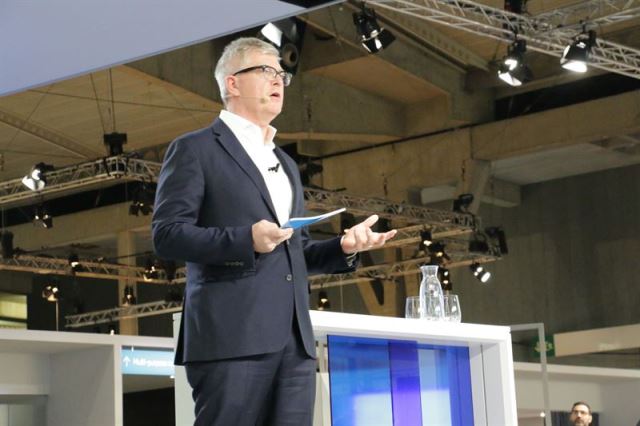 Ericsson CEO Borje Ekholm has revealed – at the company’s annual general meeting — that the telecom equipment maker is following the right strategy to turn-around the business.
Ericsson CEO Borje Ekholm has revealed – at the company’s annual general meeting — that the telecom equipment maker is following the right strategy to turn-around the business.
ALSO READ: Activist investor urges Ericsson to cut costs faster
Ericsson strategies
Ericsson has identified 42 non-strategic managed services contracts. It has either exited or renegotiated 23 managed services deal during the year.
Ericsson has identified 45 non-strategic or unprofitable contracts in Digital Services business. Ericsson will exit from around 50 percent of such digital services deals during 2018.
Ericsson achieved large cost savings in the media business by divesting a majority of Media Solutions.
Ericsson divested around 20 percent of the US number portability business.
Ericsson has completely or partly left non-strategic areas, including fiber roll-out, field services, and Industry & Society.
Ericsson has a target to reduce costs by at least SEK 10 billion by mid-2018 compared to 2017. Ericsson achieved SEK 6 billion in cost savings by the end of the year.
Ericsson increased the company’s investments in R&D by over SEK 6 billion and recruited 2,000 new R&D engineers. Ericsson aims to focus on strengthening networks business, secure leadership in 5G and optimize the 4G portfolio to make it more efficient.
Ericsson has made investment in new technology and business models, using automation, machine learning and artificial intelligence to strengthen Managed Services.
Ericsson admitted that it has lost market share within Radio for several years. Ericsson has increased market share in Radio business in the second half of the year – driven by the competitiveness of the radio portfolio Ericsson Radio System.
5G
Ericsson has announced a number of commercial 5G contracts, and the first networks will be launched already this year. As devices become available next year, the development will gain momentum.
Ericsson CEO said the telecom gear maker sees three segments in 5G: enhanced mobile broadband, fixed wireless access, and Internet of Things (IoT), with the biggest potential for service providers in IoT.
Ericsson’s sales decreased 10 percent to SEK 201 billion in 2017 with operating income of SEK –38.1 (6.3) billion, largely explained by restructuring costs, impairment, provisions and adjustments in customer projects.
Ericsson expects net sales of SEK 190-200 in 2020 with gross margin of 37–39 percent and an operating margin of at least 10 percent, excluding restructuring charges. Ericsson aims for an operating margin of at least 12 percent.





